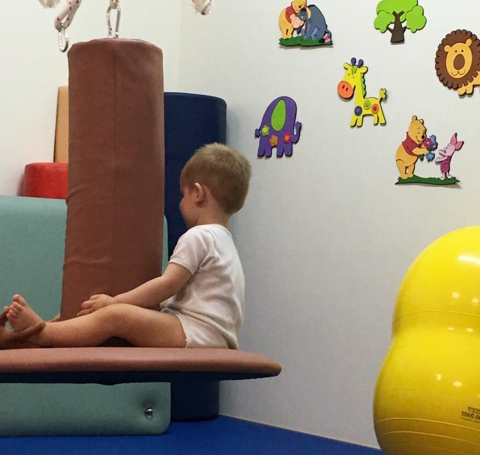Sensory Integration
The term sensory integration defines the ability of the brain to organize and coordinate two or more information received from the senses, to process them and to enable a logical and useful motor response. Sensory integration studies the regulation and coordination of the sensory systems which are the following:
– Tactile, visual, olfactory, taste, auditory system (They constantly give information to the brain about where and how the body reacts to each incoming stimulus so that the production of movement is smooth and in the right direction)
– Vestibular system (Is responsible for the position of the body in the space in relation to the position of the head. Is also responsible for muscle tone, i.e. the readiness of the body to move against gravity in an efficient and fully functional way)
– Kinesthesia (for internal awareness of the position and movement of body parts in the space)
– The combination of all the above (which is the organized neuromuscular state of a human)
(Combining Neuro-Developmental Treatment and Sensory Integration Principles, Erna I. Blanche,M.A.,OTR, Tina M. Botticelli,M.S.,PT, Mary K. Hallaway,OTR)
